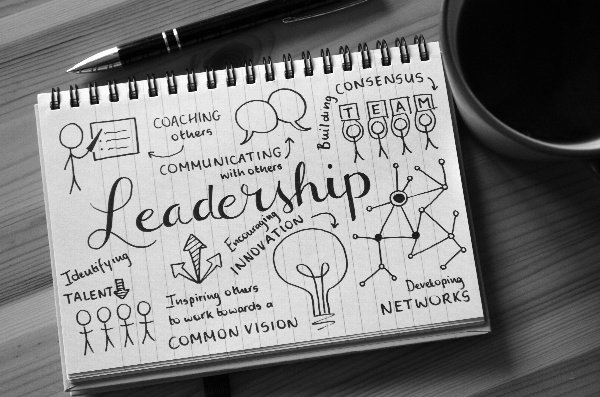
Rethinking Leadership: From Position to System
Published on September 17, 2025 | Workforce Development General InterestWhen we think of leadership, we often picture one person at the top, making decisions, inspiring teams, driving results. But that traditional view can be limiting. Leadership isn’t just a title or a role. It’s a system.
The traditional “top-down” model is increasingly outdated. Research shows that organizations relying solely on a few formal leaders face slower decisions, lower engagement, and less innovation. In fact, companies with fragmented leadership are 2.3 times more likely to underperform their peers (McKinsey & Company).
Real leadership lives in the culture, behaviors, and processes that shape how people work together. When leadership is treated as a system, it empowers everyone to contribute, take initiative, and drive outcomes. It’s less about hierarchy and more about capability, and that shift is what helps organizations evolve and thrive.
What Makes Up a Leadership System?
A strong leadership system includes four key elements:
- Shared Vision and Values
Everyone understands the mission and how their work connects to it. Leadership becomes alignment, not just direction. - Distributed Decision-Making
Teams are trusted to make decisions within their scope, reducing bottlenecks and speeding up problem-solving. - Continuous Feedback and Learning
Feedback flows in all directions, creating a culture of growth instead of fear. - Clear Roles and Accountability
Leadership may be distributed, but responsibilities are clear. People know when to lead and when to collaborate.
Why It Matters
- Higher engagement: Teams with shared leadership report 25% higher engagement (Gallup.com).
- Faster innovation: Empowered teams move quicker and adapt faster.
- Better retention: Organizations with strong leadership systems are 1.7 times more likely to keep top talent (Harvard Business Review).
Leadership isn’t about titles, it’s about impact. When it’s embedded in the system, it shows up in every conversation and every decision. The leaders aren’t just at the top, they’re everywhere.
By shifting from a role-based view to a system-based approach, organizations can build resilience and set themselves up for long-term success, no matter what the future holds.
Want to learn more? Connect with us to explore programs and training strategies that work for you and your employees. Contact us at 937-252-9787 or workforcedevelopment@sinclair.edu.
